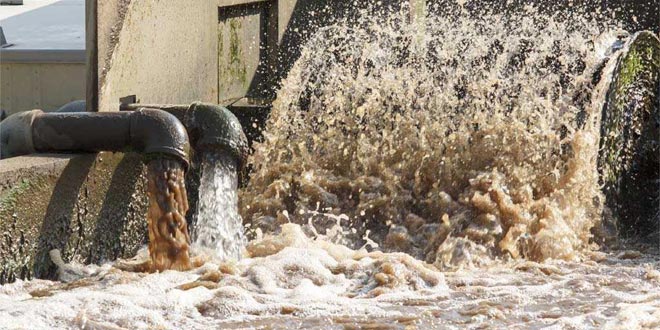Highlights
- Rs 46.69 crore will be spent on setting up Ganga monitoring centres
- Schools, colleges and NGOs also to be part of Ganga monitoring centres
- The data obtained by monitoring centers to determine future action
The state of India’s major rivers is no longer a secret, as many of these are nearing the state of exhaustion due to pollution, waste disposal and apathy at central, state and local levels. Ganga has been the frontrunner when it comes to India’s polluted rivers as its condition in each of the five major states it flows through is damaged by the high pollution levels. Extensive focus has been given on improving the river’s condition under the Rs 20,000 crore ‘Namami Gange’ project and in the two years since the project’s inception, significant expenditure has been incurred to improve sewage treatment capacities in Ganga basins states. To ensure that the Ganga cleanup initiative does not lag behind like previous attempts, the Ministry of Water Resources and Ganga Rejuvenation has decided to set up Ganga Monitoring Centres (GMC) to monitor the quality and quantity of the river water and take further actions.
A major issue associated with previous Ganga cleanup campaigns such as the Ganga Action Plan (GAP), launched by then Prime Minister Rajiv Gandhi in 1986, was the lack of proper monitoring of the plan’s progress. This resulted in large scale lags on behalf of the Central and respective state governments, as despite the expenditure of crores, the progress made was sluggish and even that could not be accounted for. To avoid the repetition of monitoring failure for Namami Gange, the Ganga Monitoring Centres will be set up at a cost of Rs 46.69 crore.
We cannot assess whether the newly installed sewage treatment plants are functioning properly unless we monitor the water quality on a regular basis. The monitoring centres in the basin states will help us understand how well the STPs are functioning and how the water quality is changing, said Samir Sinha, Spokesperson, Ministry of Water Resources.
The Ministry of Water Resources has set three separate categories to identify each GMC so that they would not be restricted to being just scientific centres of water quality testing. The GMCs have been categorised under three divisions of Class A,B and C. Under Class A, each GMC will consist of representatives from a reputed laboratory or a government authority which has experience in testing river water quality, such as the Central Pollution Control Board, Central Water Commission, State Pollution Control Boards, National Institutes of Technology etc. The Ministry will identify an authority based on due experience and access to the river basin. Under Class B, reputed colleges from the Ganga basin will be a part of the GMCs. Teachers and students from such colleges will be asked to carry out water collection and hand over samples to the testing authorities. Lastly, under Class C, schools, NGOs and other civic society organisations will be asked to carry out awareness and cleanup activities. Volunteers would also play an active part in monitoring the river and see that waste disposal or open defecation are not carried out.
The monitoring centres would be true to their names. To ensure that the pressure of monitoring the water quality is not just upon government bodies, we have decided to involve educational institutes and NGOs as well so that there are more eyes on the ground, said Mr Sinha.
The GMCs will become operational by next year, though no specific date has been given by the Ministry yet. It is welcome initiative on the Ministry’s part which has been continuously trying to come up with new ideas with regard to Ganga cleanup. The involvement of other bodies, especially the civil society will also have a positive influence on the Ganga cleanup mission, which is still struggling to find a strong foothold due to the magnanimity of the pollution levels in the river.






















